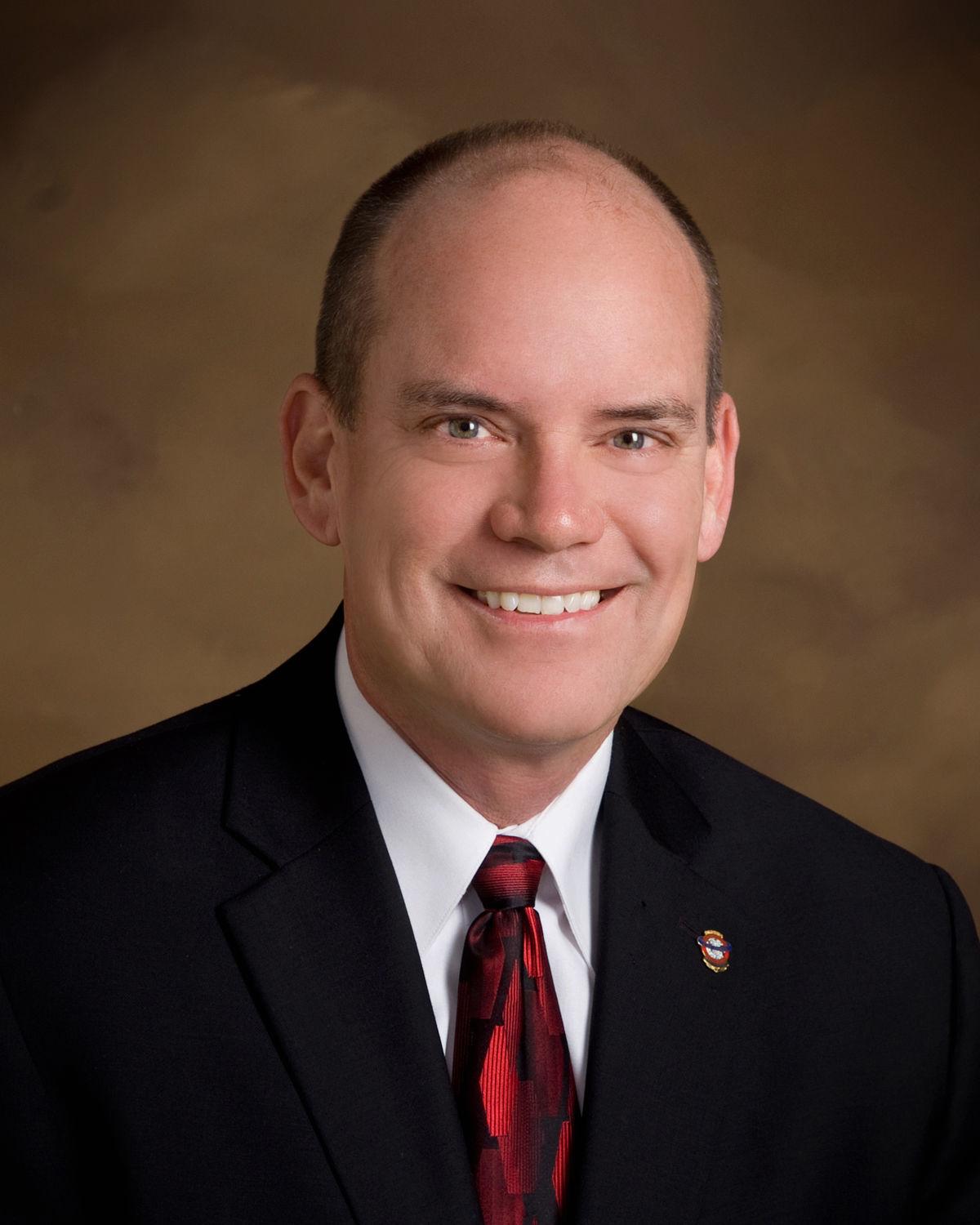From the Chief’s Corner: Taking the In-Building Message to Washington, D.C.
By Chief Alan Perdue (ret.), SBC Executive Director Posted on March 1, 2023 Who is the audience that needs to hear the message as it relates to illuminating wireless dead spots both cellular and public safety? As with most question related to this industry, the answer could be “it depends.” The real answer is, there are many different audiences that need to hear just how important communications capabilities within buildings are. I’m reminded of a phrase I have heard many times in my career “you are preaching to the choir”. It’s a phrase that is attributed to a writing from 1857 and later appeared in a modified form in an article within The Lima News, Ohio, January 1973. The article contained a sentence that said, “He said he felt like the minister who was preaching to the choir. That is, to the people who always come to church, but not the ones who need it most.” I thought about where our priorities are, as it relates to where the message needs to be conveyed. Are we going to the right event? Are there stakeholder groups that we are missing? Is any group being left out? As I reflected on that concept, the clear answer was “yes”. There is a very important group that has not heard our collective voices. Who are they? “Local Elected Officials”, the policy makers who have direct responsibility for their constituents and their emergency responders. We have not been intentional enough in getting the message to them. In the U.S. there are just over 3,000 counties which belong to an organization known as the National Association of Counties (NACo). Each year, NACo holds an annual legislative conference which draws representatives from many Counties throughout the country. As many of you may know, I am honored to serve as an elected County Commissioner in my hometown and I’m a member of NACo. Additionally, I serve on their Telecommunications & Technology Steering Committee. At this year’s event in Washington, D.C., I was afforded an opportunity to make a presentation about the importance of in-building communications and what policy makers can and should do to ensure people emergency responders and the public can communicate in the event of an emergency. One of the central focal points of the presentation was just how significant the issue of in-building communications is in many of our schools. Following the presentation, I was amazed at some of the feedback I received from other elected officials. Statements such as: “I didn’t know this was even an issue thanks for bringing it our attention.” “As soon as I get back home, I am going to investigate this issue in our community.” “No one has ever mentioned this as being a problem for our emergency responders.” “This is serious, I cannot this issue has been allowed to exist.” These local elected officials along with their counterparts at the state and federal level are the ones who set policy including what codes and standards are adopted, what statutes are enacted and other important decisions. When safety regulations are being evaluated for a community, it is imperative that policy makers fully understand the critical nature those regulations will provide for the safety of their emergency responders and the public they serve. In this case, efficient and effective communications can have a direct impact on the ability to effectively mitigate an incident and save lives. Therefore, maintaining the requirements to provide for in-building communications must be considered in the life safety discussion. At times, some constituent groups may discuss the removal of what they consider unnecessary requirements from a specific building or occupancy type from the local codes and standards without regard to the direct and indirect impact such a move will have on safety. Remember this is the safety of both emergency responders and building occupants. There is no question that allowing the removal of requirements that impact in-building emergency responder communications capabilities decreases the level of safety for everyone. Actions equal results. Act now to ensure your audience includes your local elected officials so that they have the correct information needed to ensure their emergency responders and the public they serve “feel safe inside.”
|

